Hawkins: The man on the bag can make all the difference

Back in the day, when caddies were considered an inferior species to those who played for a living, pro golf seemed to bask in its own snobbery. The game’s elitist sensibilities came from deep roots, although many of the men who played it best came from unmistakably humble backgrounds.
Ben Hogan and Byron Nelson met in the mid-1920s as caddies at Glen Garden CC in Texas. Sam Snead was a a country boy who grew up looping at the famed Homestead in rural Virginia. Arnold Palmer’s father was a greenskeeper, Jack Nicklaus’ dad a pharmacist. Golf might have endeared itself to those with money, but it was mastered by those from a different sector.
With this in mind, we can better appreciate and respect the growth of caddying as an occupation. Show up, keep up and shut up? What was once a cold-hearted job description is now comically outdated. Numerous PGA Tour careers have been launched (or revived) in part because of the man on the bag, whose wisdom, instinct and communicative skills can prove the difference between success and failure.
RELATED: Billy Foster’s hilarious Tiger Woods story from 2002 Ryder Cup
Fred Couples didn’t become a superstar until he hired Joe LaCava in 1990. John Daly was quick to acknowledge that he never would have won the 1991 PGA Championship without the late Squeeky Medlen, who took the bag only because his regular guy, Nick Price, withdrew from the tournament for the birth of his first child.
Medlen would help guide Price to enormous success in the mid-‘90s; Daly claimed a second major title with the late Greg Rita steering him around St. Andrews in 1995. And most recently, Justin Thomas began reaching his massive potential after pairing up with veteran Jimmy Johnson, who had spent years working for Price and Steve Stricker.
If a caddie’s duties weren’t so important, they wouldn’t be hired and fired with such regularity. Chemistry means everything, although the best way to connect with a high-end tour pro is to be prepared, precise and perceptive.
Jim Furyk and Steve Duplantis could not have been more different as people, but on the course, the duo clicked. They began working together in Furyk’s rookie season (1994) and stayed together for 5½ years, during which Furyk established himself as a top-tier player and Duplantis sharpened his reputation as one of the great party animals in tour history.
Duplantis’s hedonistic lifestyle finally led to Furyk’s dismissing him, but in his first week on a new bag, the caddie carried obscure rookie Rich Beem to a victory at the 1999 Kemper Open. The knack for turning journeymen into juggernauts remained with Duplantis until he was struck by a car and killed in January 2008.
“He grew increasingly worse, got into more and more trouble,” Furyk said in 2004. How does a guy last like that? “I was playing well. I was winning golf tournaments, but then it became a distraction to my life and my job.”
In 2014, no less than 15 years after he fired him, Furyk began covering the cost of a college tuition for Duplantis’ daughter, Sierra. She graduated from Clemson two months ago and will enroll in law school this fall, making her the only Duplantis with PGA Tour ties whose story has a happy ending.
Sierra’s father wasn’t the only caddie who enjoyed an adult beverage, but these days, the best in the business know where their bread is buttered more often than the location of the nearest tavern. Since Tiger Woods drove prize money through the roof in the late 1990s—and the advent of the FedEx Cup in 2007—working for a top player can be quite lucrative.
Perhaps two-dozen caddies earn at least $500,000 annually. A handful climb well into seven figures, as the player who wins the season-ending FedEx Cup title earns $10 million, $1 million of which goes to the guy on the bag. The standard pay structure has long featured a 10-percent share for a victory and seven or eight percent for all other earnings.
If your man misses the cut, a caddie gets zilch, although most receive a weekly stipend of about $2,000 to cover travel expenses, regardless of how a player fares. When you do the math, you realize how financially stable some caddies are, but working for a player who finishes 100th on the money list ($1.12 million in 2017) and manages just three top-10s is likely to earn less than $100,000.
Not bad for a guy who was once thought of as a second-class citizen.

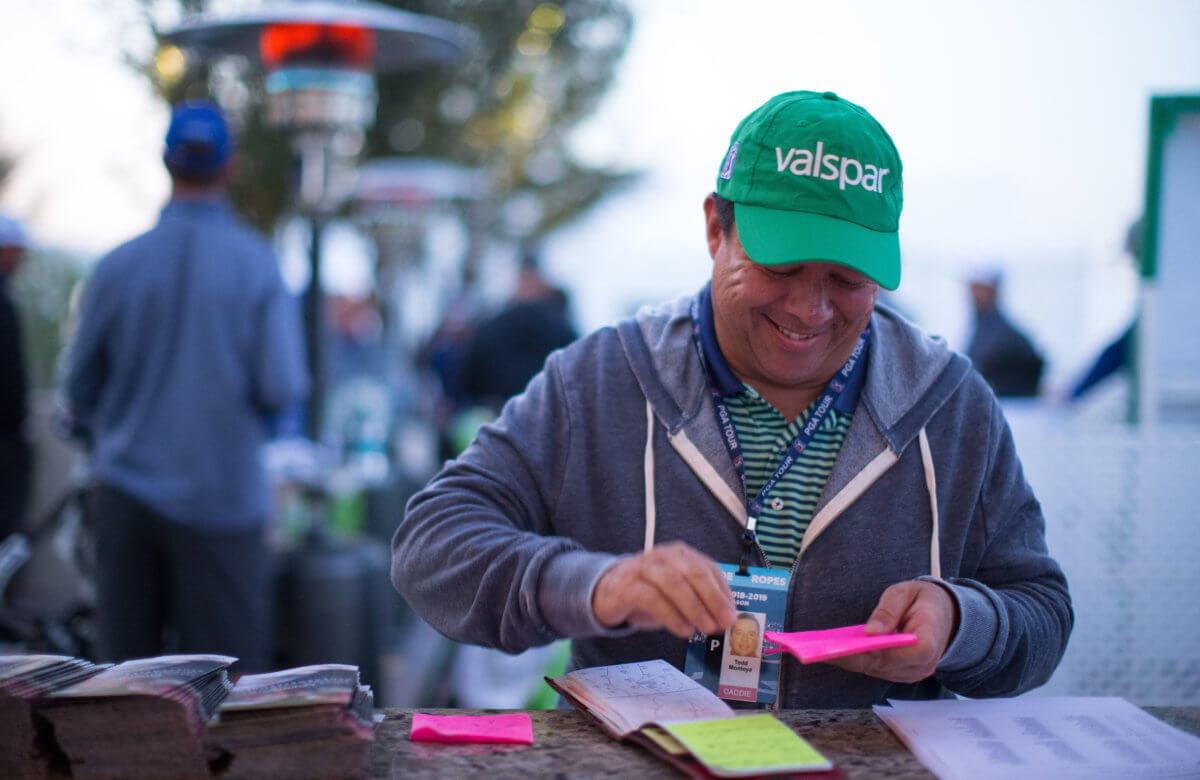
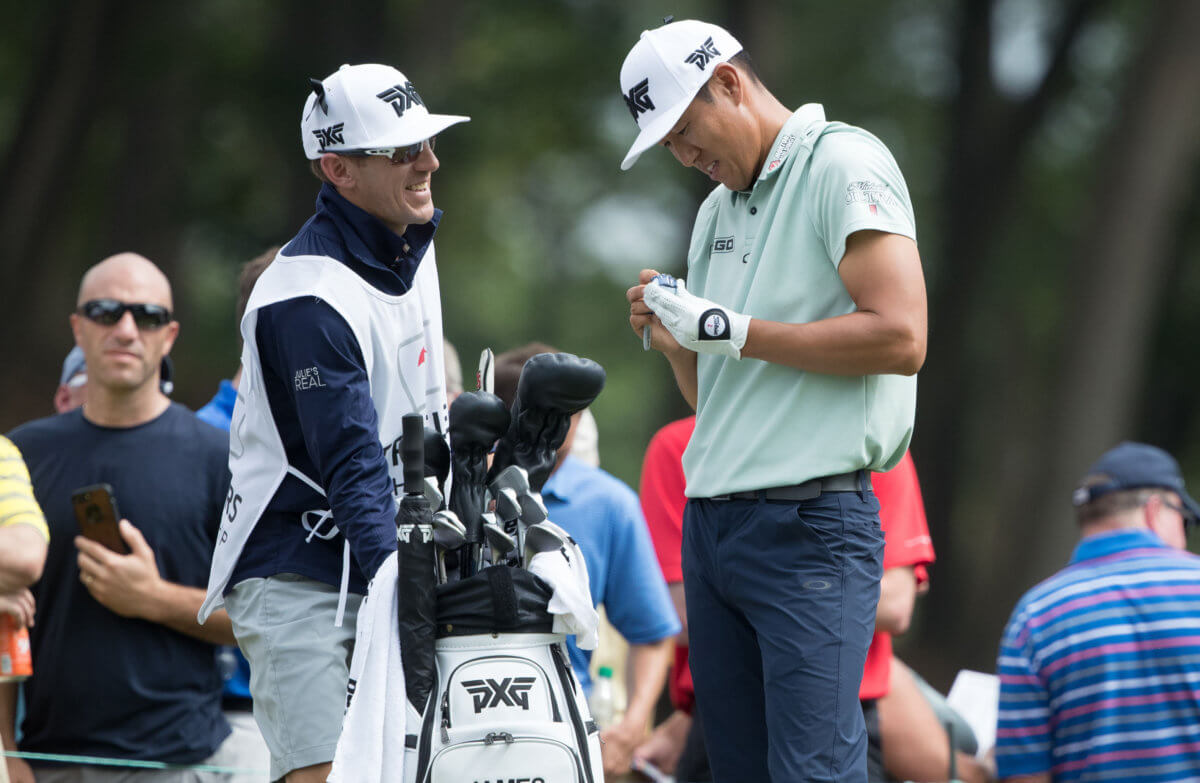



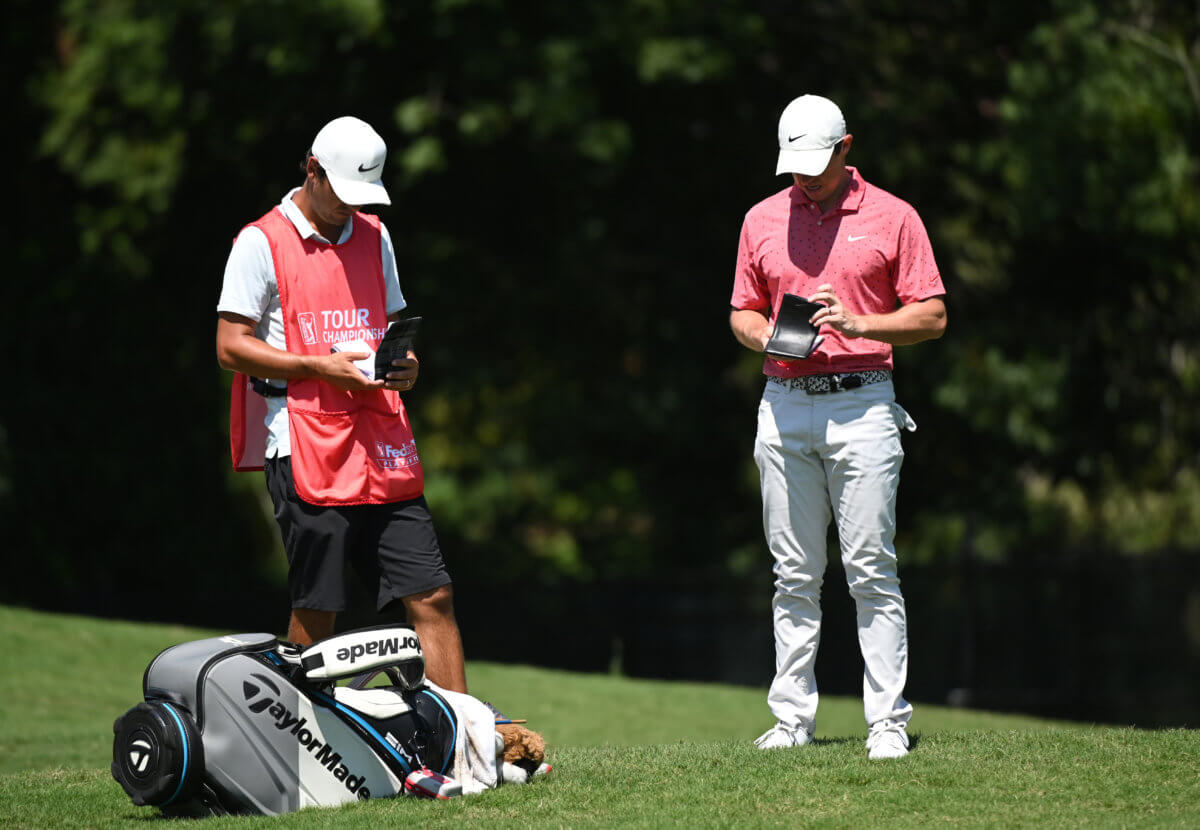
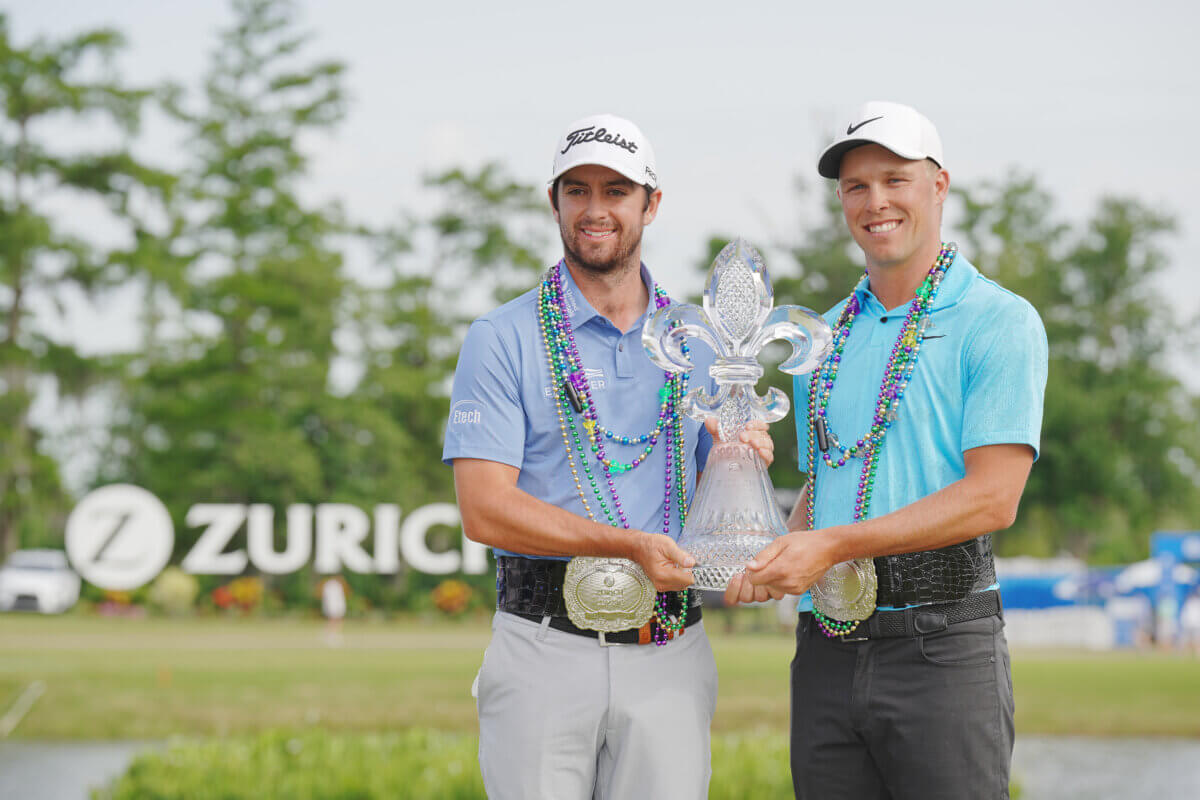
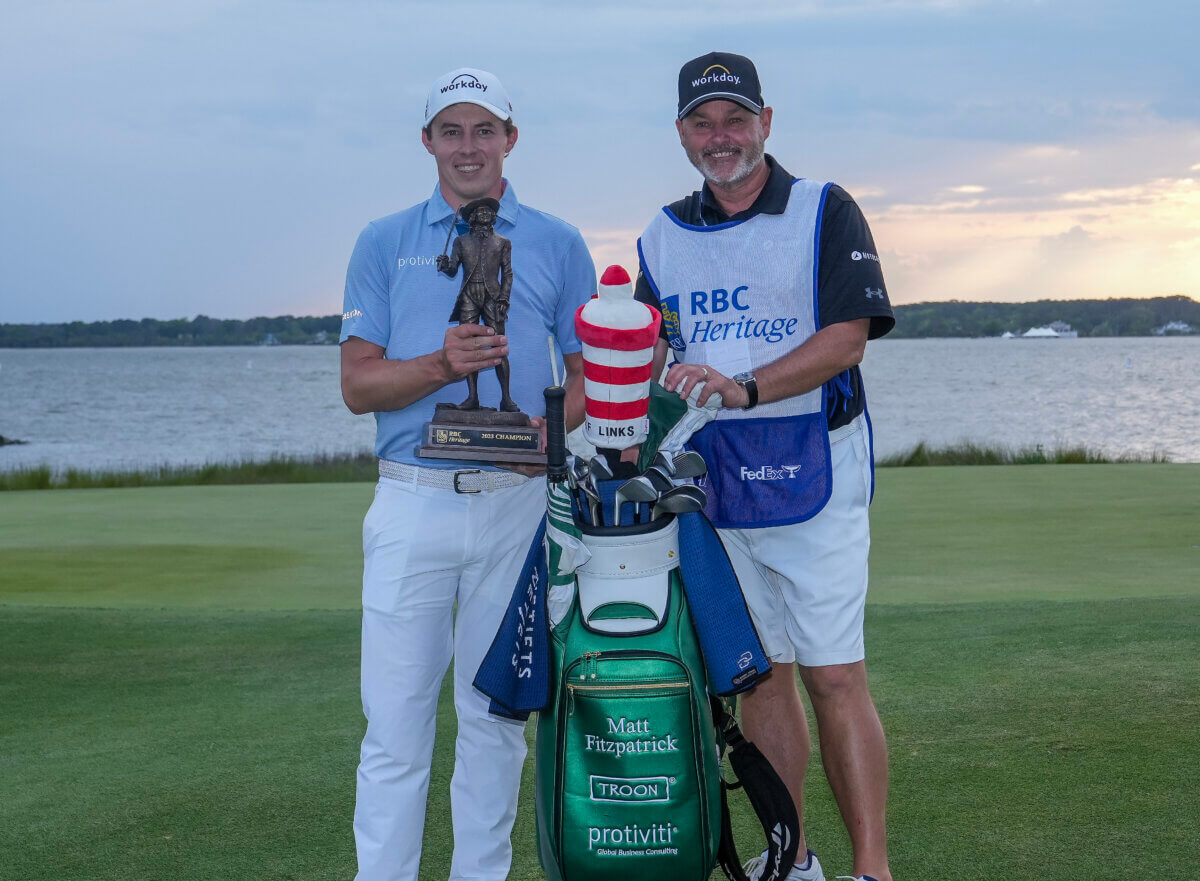
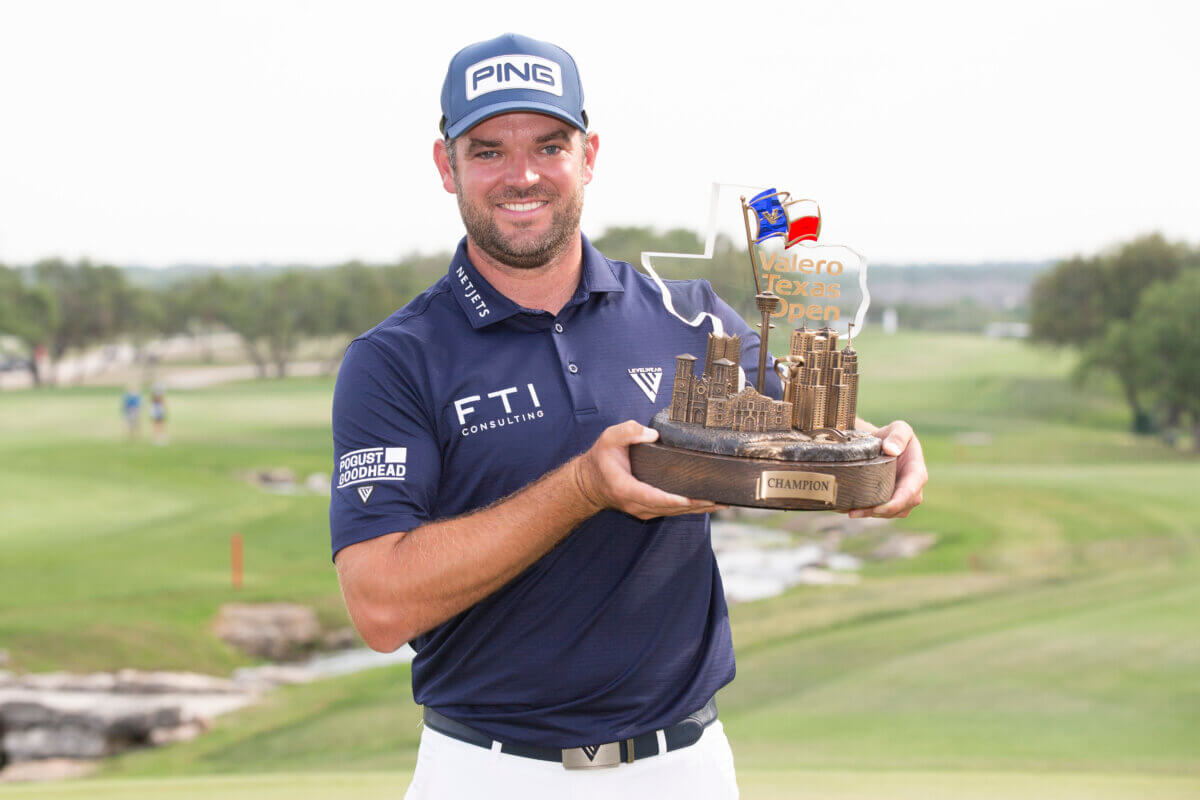



I would like to see Rory get a first class caddy. If he had one he may not have gone flag hunting on Sunday (Top caddy would have told him to hit to the centre of the green and get a sure par at least) at The Masters several years ago ….knocked it over the first green and did not up and down it for par after sleeping on the lead and hitting the opening drive (difficult first hole) in garden position. If he had bagged that Masters that Sunday…he may have won 1 or 2 more. I hope I am wrong but he may not complete the “Slam”..He is far from the best putter on Tour….might help to get a caddy that is good at reading green….as Rory seems to be a little weak at reading green…seems to miss too many putts at the wrong time….had he made (not a hard putt) the putt on the second hole at this years Masters I think he would be wearing the green jacket …not Reid
I can relate to Furyk’s first guy. I was a young, naive guy who was struggling to fit in. The truth is, I was awestruck by guys like John Hawkins, who I was first introduced to by Geoff Russell. I was a poor kid from a poor family, trying to make a buck. I was so out of place that I took on a persona with shoes I could never dream about filling. Looking back, I wish I had just been myself. Moral of my story? Sometimes it’s just not that easy